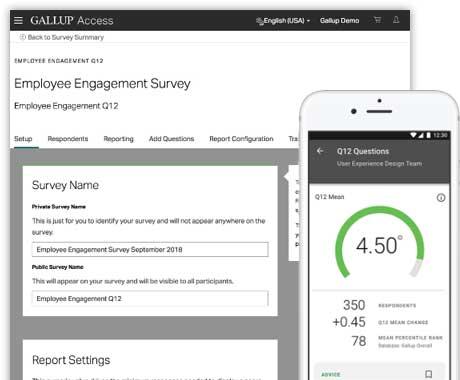Your employee experience is the sum of all interactions an employee has with you as an employer. It includes everything from personal relationships to the physical work environment. And, like it or not, it ultimately shapes the health of your organization.
If we think of employees as consumers of the workplace, then many of the principles of customer experience apply:
- How do employees find us?
- Why do they choose us?
- What do they feel when they are with us?
- And are they likely to refer us when they leave?
So why are so many leaders beginning to take this more holistic approach to the workplace?
One simple answer is that the workplace is now more transparent than ever. Employers can no longer hide behind their branding. What happens in the office can quickly go public -- and potential job candidates are paying attention. This is a liability for many organizations -- and a potential opportunity for those organizations that can create an authentic positive experience that resonates with the people they are trying to attract.
Additionally, talent is more important than ever.
Being able to attract and keep the best people -- people who are innovative, adaptable and motivated -- has become a competitive differentiator for the best organizations. The emotional experience of employees can no longer be taken for granted.
If you want to get more out of your people, you have to understand how it feels to be them.
Gallup identifies seven stages in the employee life cycle where employers are able to make a significant difference in the employee experience:

The employee life cycle can help generate important questions that go beyond traditional discussions of employee engagement. Questions like:
- Does our hiring process feel fair? Are our candidate experiences meaningful for those we hire -- and those we don't?
- Do new hires experience our values during onboarding?
- How does our vision and mission shape how employees perform and grow with us?
- Do our employees feel they are growing and developing with us?
- How do people feel about their time with us when they leave?
Asking questions like these makes all the difference. This type of qualitative feedback allows leaders to see things from the employees' perspective versus focusing solely on the concept of employee engagement.
Customer experience experts have known for years that customer experiences are deeply emotional. And yet many organizations still approach employees with cold rationality -- providing financial perks and incentives while ignoring the emotional components of work.
But the truth remains: If you want to get more out of your people, you have to understand how it feels to be them, and you have to deliver great experiences throughout the employee life cycle.
Make Sure You Align Employee Experience With Organizational Performance
It is worth keeping in mind the end goal of any internal business initiative: to improve organizational performance.
Many things can be done to improve a business, but leaders must ask themselves if they are investing wisely in the levers that are proven to enhance the outcomes of individuals, team and the whole organization. Your employee experience can be more than just a "feel good" attraction, retention and engagement tool. Highly talented people appreciate supportive environments with consistently high expectations.
Often we forget that people want to perform. They want to add value to the world. They also like a challenge -- when they get to do what they do best.
Of course, high expectations without support from a team or manager is a recipe for burnout. But most would agree that some of the best experiences in life happen when we are reaching our highest potential, surrounded by people who care about us and who want to see us grow.
Highly talented people appreciate supportive environments with consistently high expectations.
Furthermore, an employee experience strategy that elevates high performance outcomes creates a virtuous cycle as high performance drives more meaningful work and ever-higher engagement.
In conversations about what makes a bad employee experience, we have noticed three common complaints:
- an inability to attract new talent
- an inability to drive organic growth through customer relationships
- leadership initiatives that fail to realize expected benefits
Employee experience is at the heart of these problems -- and the solution to them. When an organization can identify what stage or stages of the employee life cycle are breaking down, they no longer have to attempt a "try everything" approach. What's more, when organizations use scientifically rigorous data analysis, they can identify those specific behavior changes that are proven to move the needle.
As our recent list of Great Workplaces shows, when you invest in those aspects of business that truly drive exceptional employee experiences, employees not only stay longer, they perform better and drive profitability. This kind of transformation cannot be accomplished through better pay or occasional events, it requires a thorough understanding of your workplace as experienced by employees.
Gallup can help you improve your organization's performance by creating a stronger employee experience:
- Partner with us to design an employee experience that improves business performance.
- Download our perspective paper Designing Your Organization's Employee Experience.
- Measure, monitor and improve your employee experience using the Gallup Access platform.





